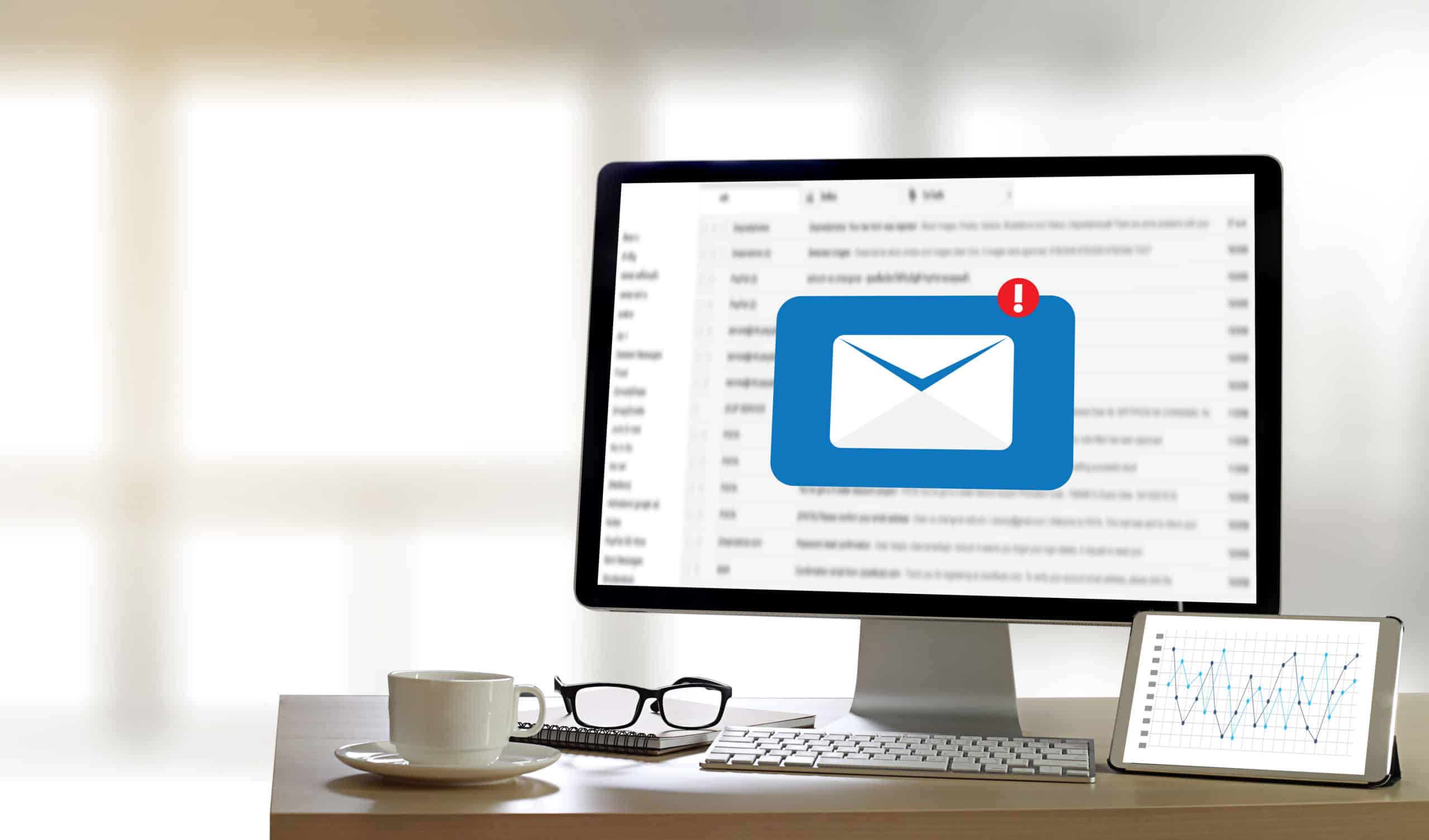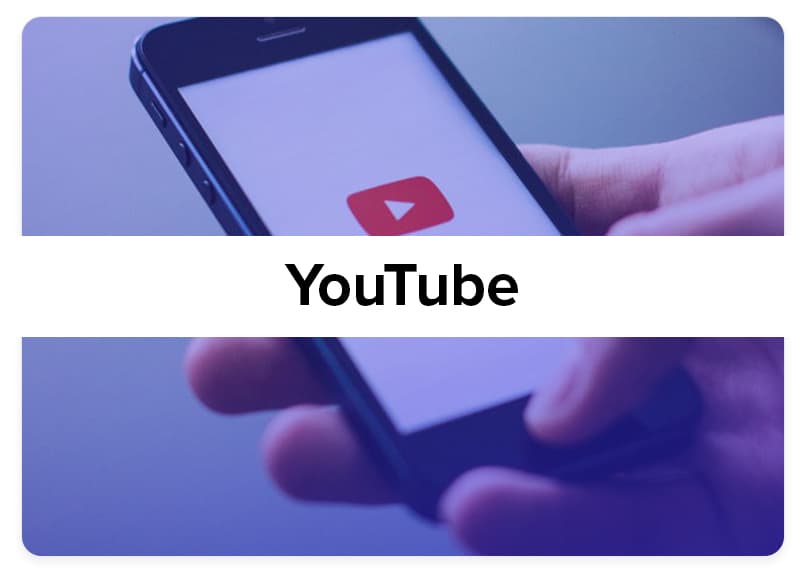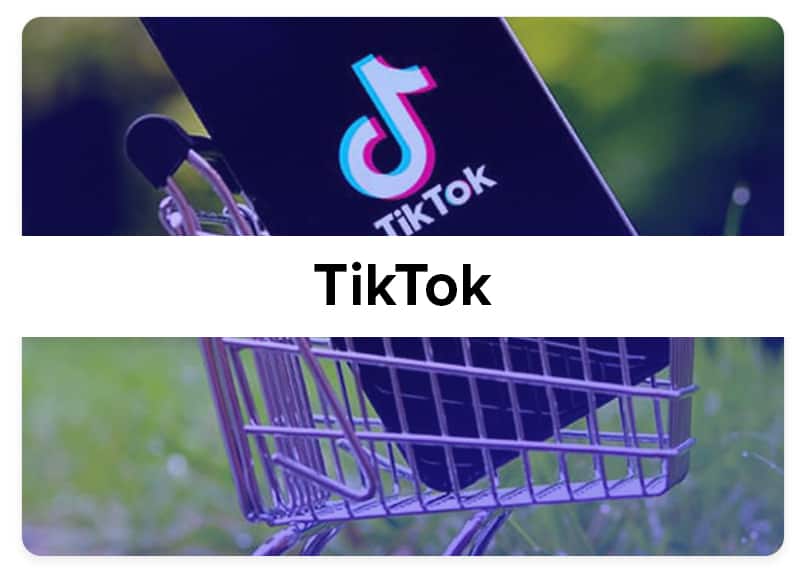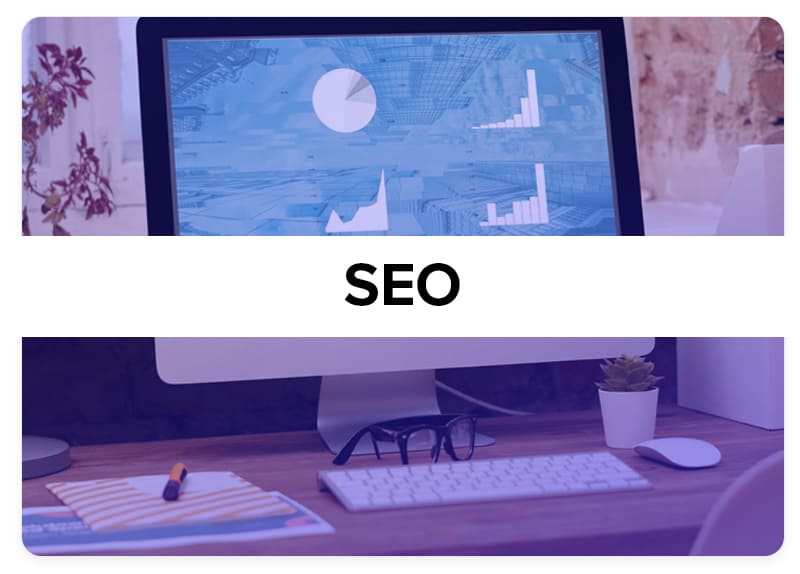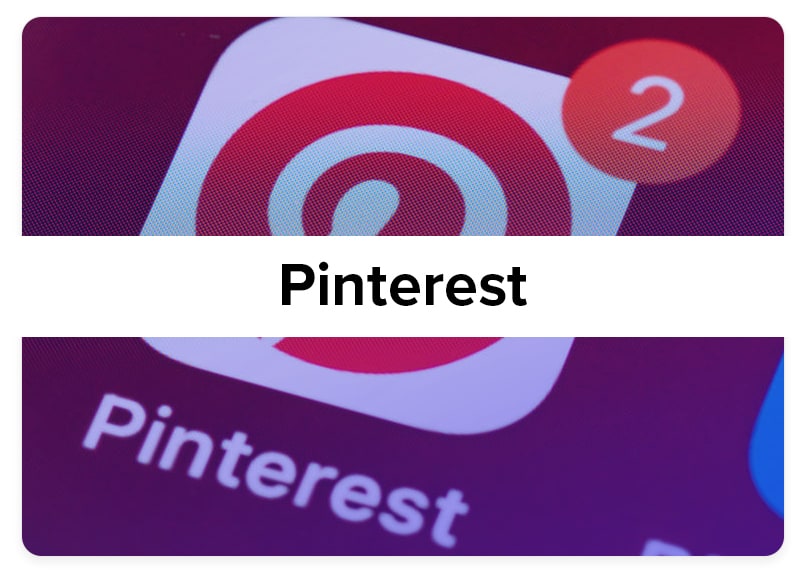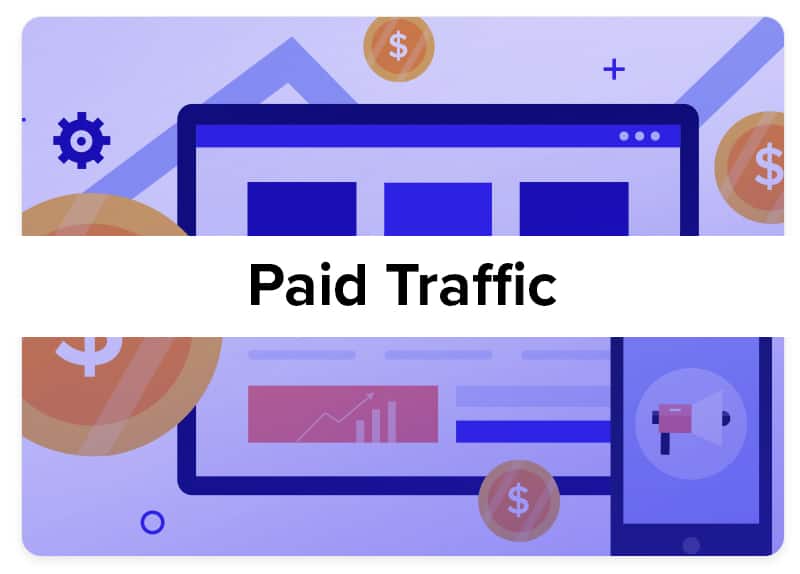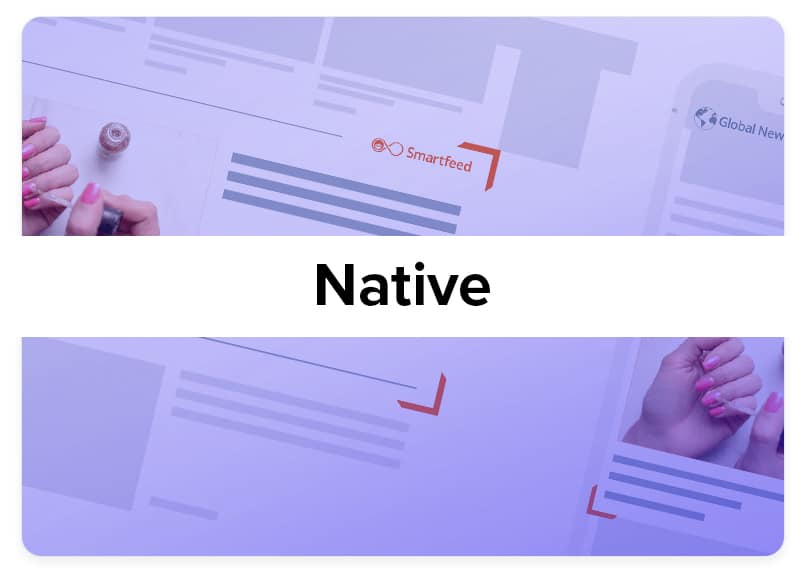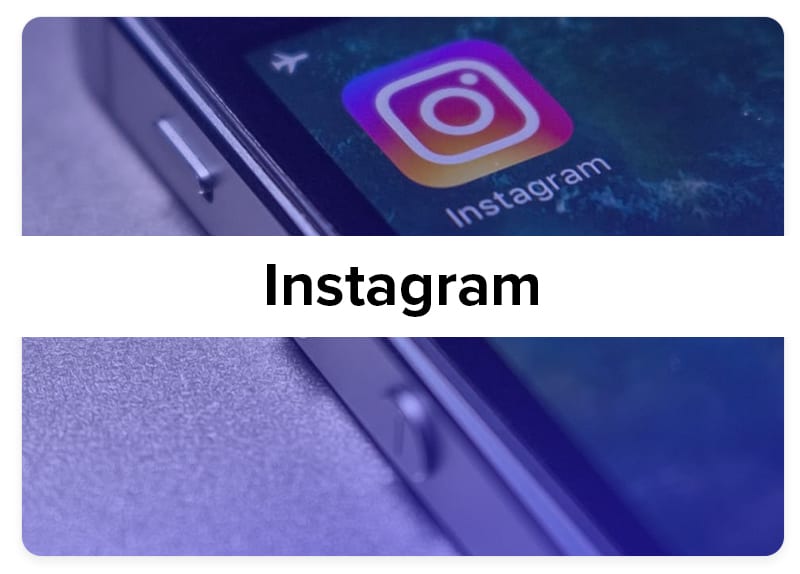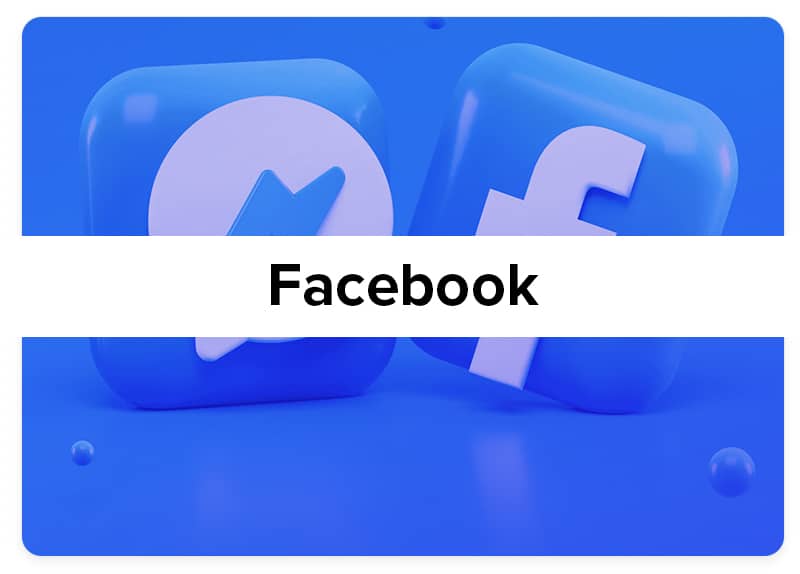Every morning, people across the world wake up, tap an icon on their phone, and scroll past dozens of emails that they will NEVER open!
In fact, as of 2018, 82% of marketing emails were never opened. No matter how good the deals inside are, these emails will sadly never see the light of day.
Now, that may seem like a dismal way to start a blog about email marketing, but Hubspot offers some positive email marketing news: as of 2019, there are an estimated 5.6 billion active email accounts, and 99% of consumers check their email every single day.
Wait, what gives? Emails are never opened… but also, billions of people check their email daily?
Well, email marketing is a complex and difficult game – and it’s even more complicated when it comes to building an affiliate email marketing list. In this post, we’re going to take all of the foundations of marketing and turn them up to 11.
How Do I Get Started with Affiliate Email Marketing?
If you’re new to affiliate marketing through email, where should you start?
Well, right here, reading this blog, is a good place. (Also, ClickBank’s guide about affiliate marketing is a helpful foundation.)
Fair warning, though: in addition to being tough at times, email marketing requires trial and error. The good thing is, there are 269 billion emails sent per day around the world, so you’ll have plenty of opportunities to practice and improve. Read on for our 9-step guide to affiliate email marketing!
Step 1: Choose an email service provider (ESP).
Once you decide to get started on your affiliate email marketing adventure, the very first step is choosing an email service provider. Ideally, select one that can handle a lot of outgoing emails, offers quality analytics, and is optimized for global communication and affiliate marketing in particular.
HubSpot is always a solid contender – we use it for our own company’s email marketing and automation here at ClickBank. We also want to mention Sendlane, an ESP that’s integrated with ClickBank and is known for being very affiliate-friendly. But shop around and find the one that works best for you!
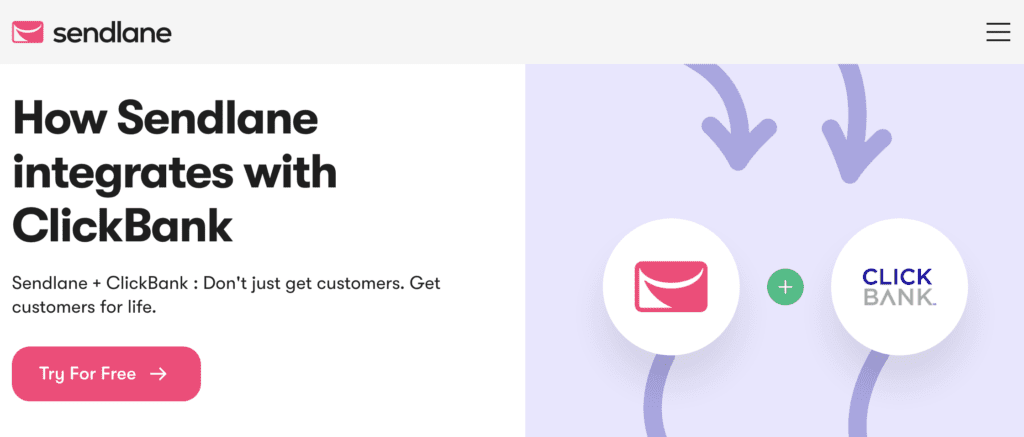
Once you have selected your ESP, get comfortable with the interface and learn as much as you can about the analytics offered. Familiarize yourself with industry email marketing industry terms such as click-through rate, transactional email, and multivariate testing (aka “A/B testing”).
Also, it’s very important that, as an email sender, you stay compliant with data protection regulations, such as GDPR and CCPA. Violating these regulations can mean hefty fines for you and your business. Learn more about how you can avoid breaking these rules before you start sending emails!
Step 2: Make a landing page.
To have an effective email campaign, you need people to send the emails to!
That’s why you should start building your email list as soon as possible. If you’re starting from scratch, get a landing page or website with some opt-in forms as a foundation for subscriber growth. This also provides you a URL that you can easily share via social media, YouTube videos, and online forums.

Most ESPs include a landing page builder to help collect email opt-ins, which makes it even easier to get a landing page up if you don’t have a website yet. Alternatively, if you’d prefer a more robust landing page or funnel, we recommend funnel builders like Convertri or ClickFunnels.
Speaking of promoting who you are and what you do, consider the landing page an opportunity to start defining your brand. Trust plays a huge factor in open rates and creating a congruent brand image plays a huge role in establishing consumer trust. (Speaking of open rates, check out our article on the iOS 15 Apple privacy update and how that will change email marketing going forward.)
Step 3: Write a welcome email.
The next step is to create a “welcome email” autoresponder that can be sent to new subscribers. Experts agree that the first email should be sent the day of subscription, often immediately after subscribing. Email content for this message should include a warm greeting and a quick summary of what subscribers can expect from you or your company. You may also request that they whitelist your email domain, and you should consider adding social icons to introduce them to other places your brand can be found online.
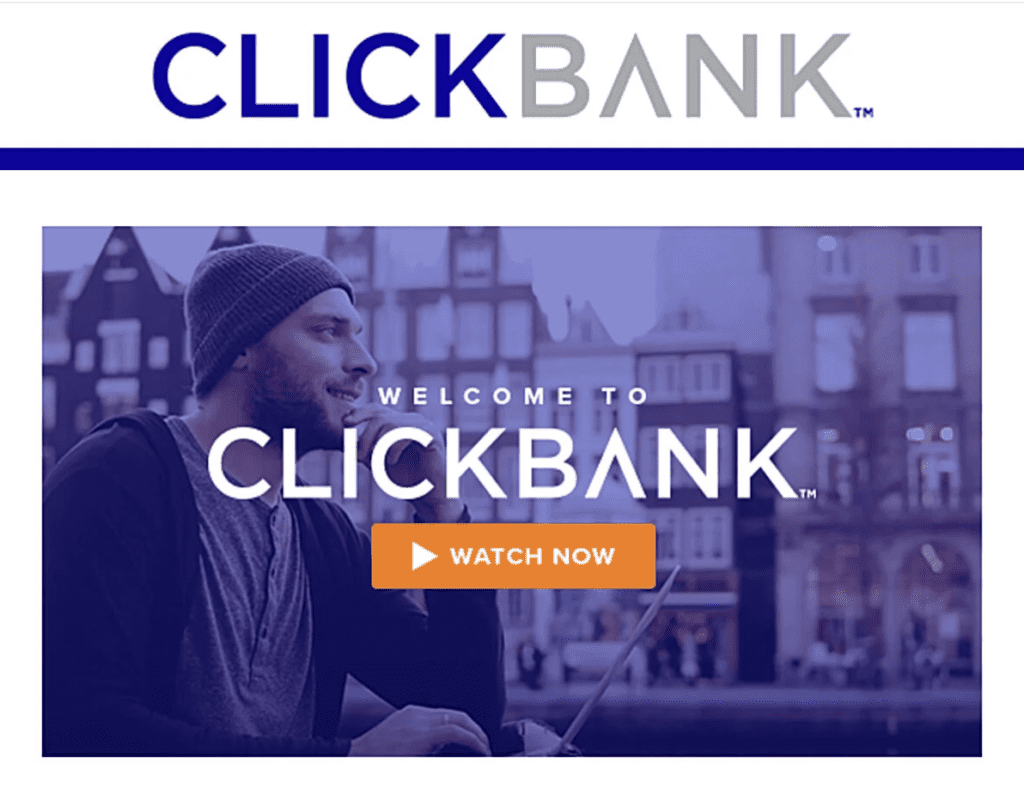
Automating this welcome message will allow you to make a good impression on every new subscriber you get. Remember, this is the first interaction your subscribers will have with you, so be thoughtful about what you say and how you say it.
The good news is, nothing is set in stone. You can always create a new welcome email or run a split test to make sure it’s performing optimally.
As you learn what works, you can later turn the welcome email into a welcome sequence to nurture your email subscribers into customers (either for your own products or the products you’re promoting as an affiliate).
Step 4: Start growing your subscriber list.
Your email list may have started growing after completing steps one and two, but before you can make much progress, you’ll have to REALLY grow that list. Here are a few tactics that can help!
Search Engine Optimization (SEO)
SEO can help grow your organic traffic. Consider adding content to your website to start ranking for key relevant terms in the search engine results, and adding an opt-in form to collect emails from your organic visitors.
It’s important to note here that you should make sure your content is good (like, really good) before attempting to use it as a marketing tool. This content represents your brand, so it has to be something that delivers enough value to encourage email sign-ups. Writing is not everyone’s cup of tea, so if you know you’re no good at it, consider hiring a freelance copywriter to help create your web content.
Facebook, YouTube, and Google PPC Ads
Pay-per-click ads will drive people to your website or landing page, where some visitors can convert into email subscribers. Depending on your budget, you can start small or go big with paid advertising, but the good news is, even a modest push can help jumpstart the growth of your email list. Getting into paid ads is an adventure in and of itself, so learn the ropes before going too heavy on your ad spend.
Co-Marketing and Cross-Promotion
Do you know the major players in your industry? If not, that’s totally okay – everyone starts where they are. But you should be making a list of people you want to know and make networking an integral part of your routine.
Once you have a strong presence and a list of prospects for outreach, you can see some truly rapid growth. Depending on their niche, work out a deal for cross-promotion on each other’s email lists (or blogs). The first time networking with someone in your industry is always the hardest, especially for introverts. That being said, cross promoting is one of the fastest, most efficient ways to grow your email list, because you’re on the receiving end of a warm introduction!
Step 5: Make your content better (and relevant).
As your list grows, you may want to consider growing your online presence as well. Content is the number one way to improve your site’s rankings, and better content will also lead to more subscribers. You can also use content on your social channels and in your cross promotional efforts.
If you’re not a content writer, fear not: There are methods to upping the quality of your content, no matter your experience level. Here are a few suggestions!
Know Your Audience
First, whenever you’re creating video or blog content for your website, keep in mind who you are speaking to. Tailor the content you create to be important and relevant to your key demographic. And, as the saying goes, “Love the one you’re with.” Yes, attracting new demographics is important, but you need to cater to your current audience first and foremost.
Remember the Robots
Yes, your content does you no good at all if people don’t like to read it. But ignoring the Google search algorithm, the YouTube algorithm, or the Facebook algorithm is just as problematic. You won’t get the maximum value out of your content if you’re not creating it with SEO and engagement metrics in mind.
Include Lists
Fact: people love lists. There’s extensive neuroscience explaining this phenomenon, so be sure to throw a list in your content and watch it outperform your other “list-less” content.
Include Easy to Understand Visuals
Too many words on a page is stressful. Including meaningful infographics or salient visuals can drive home a point and engage your audience. However, there’s a line. Don’t use graphic, emotionally triggering, or confusing visuals in your email or content copy. People are generally turned off by that kind of tactic.
Step 6: Promote content wisely.
Now that you’re up and running, you’re in a good place to determine how you want to automate and grow your email marketing empire. The time has come to monetize your emails, but you have to be careful not to irritate your ESP or your audience with irresponsible promotions.
Finding products to promote that have consistent commissions can be tricky, and so can making sure you get your due commission check. Going through an affiliate marketplace like ClickBank can ease some of these growing pains and allow you to scale further and faster.
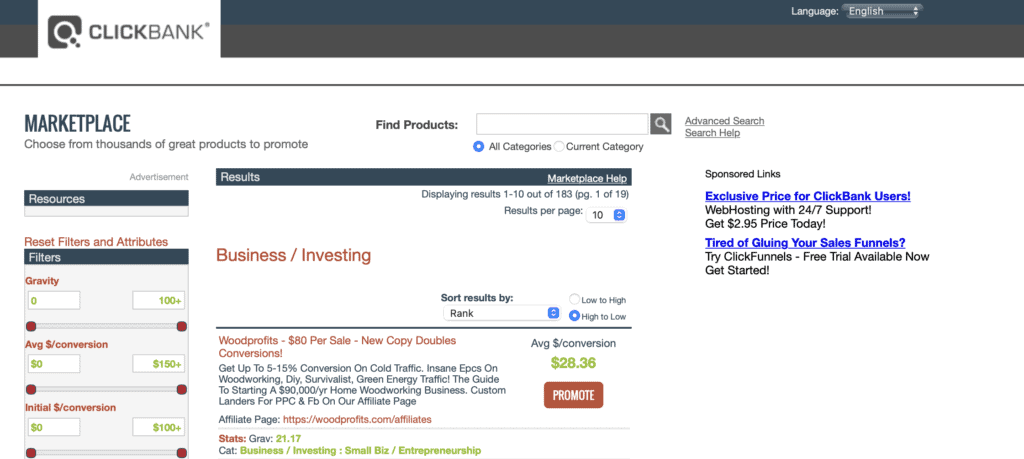
With products to promote in over thirty different niches, ClickBank has something for almost everybody with an email subscriber list.
Don’t be afraid to tie in what you’re doing in email with your social channels – some of the most successful email strategies involve sending hot traffic to a social page to boost engagement and organic reach.
Step 7: Keep growing your subscriber list.
By now, you should be feeling the momentum of your email list. Perhaps you are seeing increased revenue from affiliate commissions or maybe you are noticing that your click-through rate is increasing.
Whatever the case, now is a good time to tend to your subscriber list. Here are a few quick ways to keep on top of it:
- Make sure that ALL of your content has an obvious opt-in form.
- Try networking (again).
- Sign up for an email marketing course.
- Test and optimize your CTA (aka “call to action”) buttons.
- Make sure user experience is good.
At this stage, you may want to increase the frequency of broadcast emails you send to your list. If you were sending once per week, try at least 2-3 times per week. If you’ve been doing 2-3 per week, try increasing it to every weekday. Along the way, keep an eye on metrics like open rate, clickthrough rate, unsubscribes, and revenue per send to find the ideal cadence for your community.
Step 8: Add a lead magnet or gated content piece.
One surefire way to grow your subscriber list is to gate a premium piece of content. This means that, in order to access a helpful guide, an in-depth report, or an informative whitepaper, they must first subscribe to your email list. Now, the content you gate can’t be some run-of-the-mill mumbo jumbo. It needs to be meaningful, relevant, and insightful for your targeted audience. No, you cannot gate a blog post that you’re super proud of. Trust me on that one.
I know I’ve said it a lot, but this also might be a good time to hire a copywriter. Developing a quality piece of content is a big task, especially for people who a) don’t like writing or b) aren’t good at it. This piece of content will be important in growing your list and adding value to customers so whatever route you choose, take it seriously.
Step 9: Test, test, and test some more.
By now, you’ve sent so many emails that you’ve started saying “Send” in real conversations. You’re basically a pro at picking irresistible subject lines. So, you might be wondering how you can improve your clickthrough rates or conversions. It’s time to ramp up multivariate testing.

The first step is think up some hypotheses and make a testing plan. In Hubspot, the insights you gain through multivariate testing will help you fine-tune your emails and increase metrics, but ultimately, improving the content you send to your list will add more value to your subscriber’s experience and build relationships between you and your readers.
Use data to help make informed decisions about topics, strategies, and subject lines that resonate with your audience to build a more and more engaged list that’s primed to buy when you promote a product.
Email Marketing for Affiliates Wrap-up
We hope these 9 steps will help you become an affiliate email marketing master!
If this sounds like playing the “long game,” you’re right – it is! But the long game is where email marketing thrives. Making your emails better and better is a win for you, and a win for the recipients as well: fewer unopened emails in all those inboxes.
To get started as an affiliate marketer with email, don’t forget to sign up on ClickBank and start promoting products!
And if you’re on the lookout for other traffic channels you can rely on to promote affiliate products, check out some of these:


